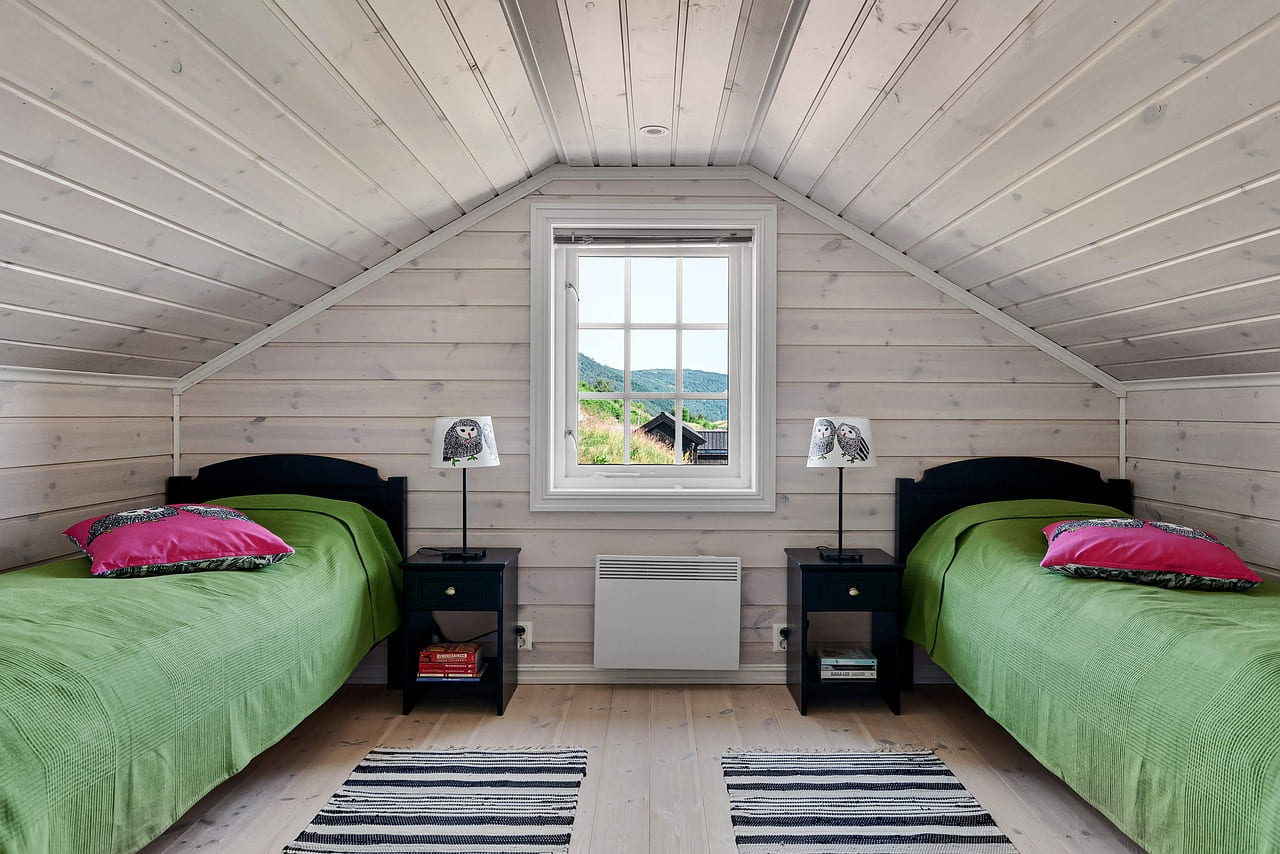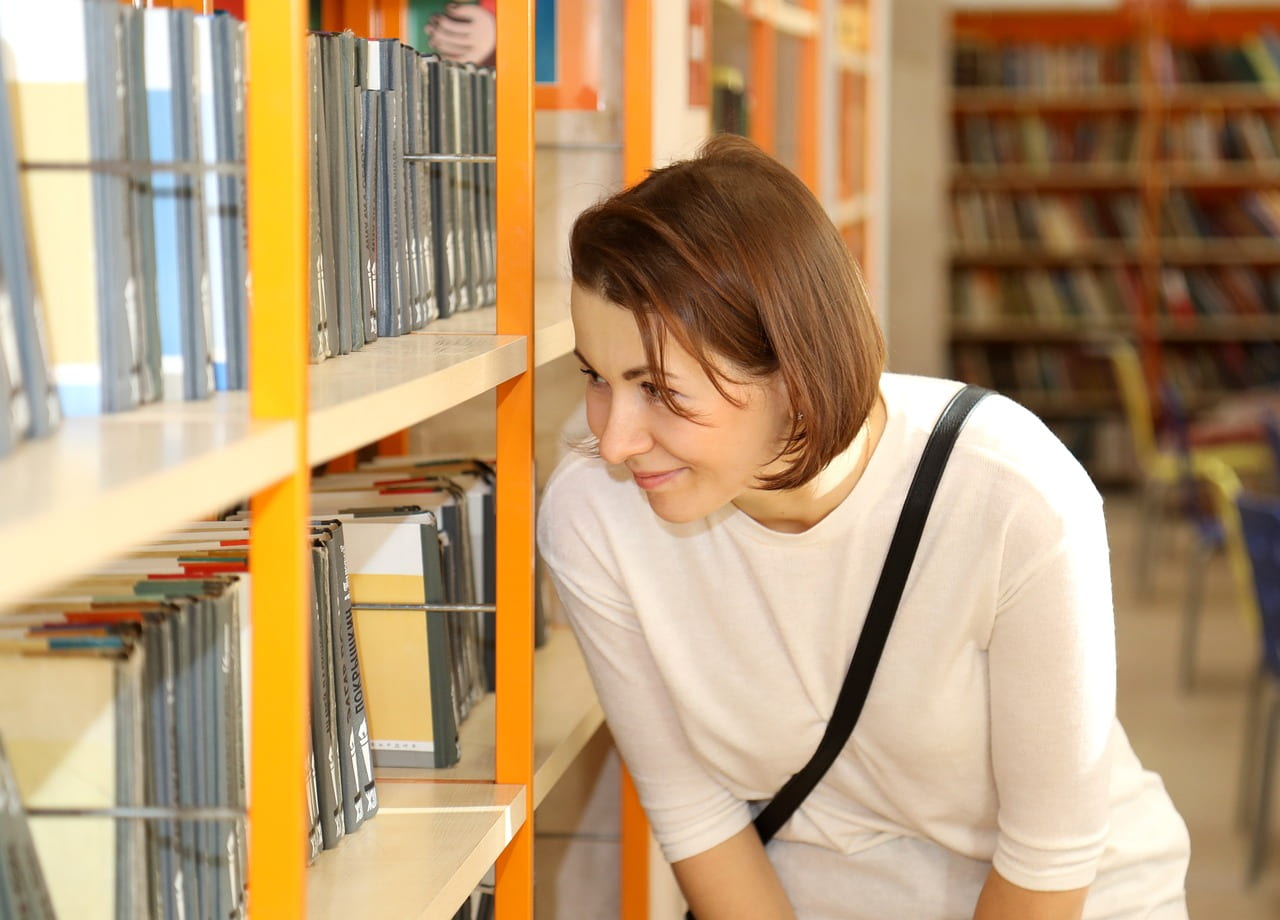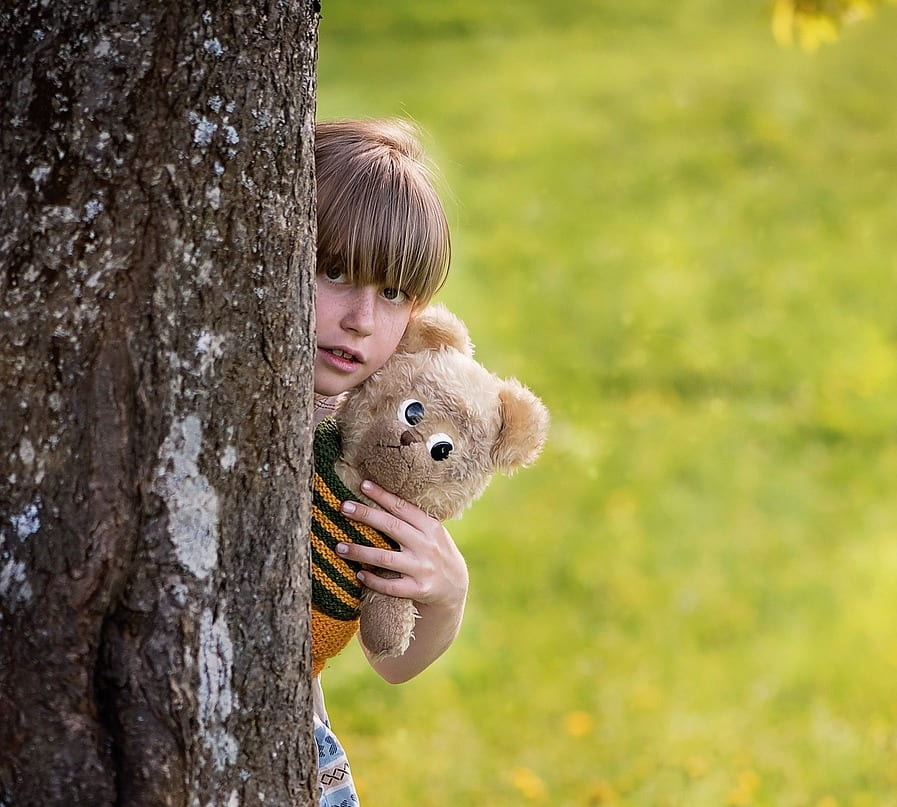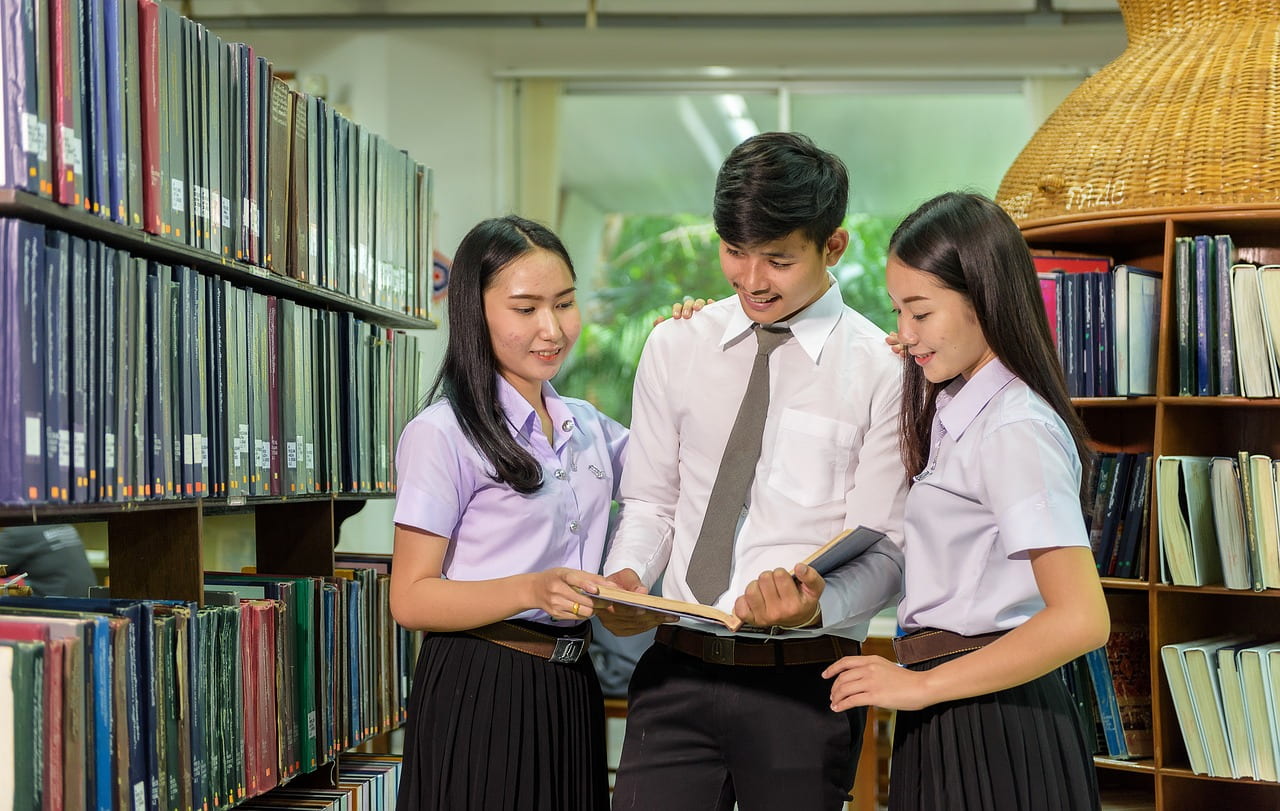Question 1: Match German Prepositions with English TranslationsUse the picture on the right to choose the correct translation for each preposition:

a on, upon, onto →
b over, above →
c beside, next to →
d behind →
e at, on, to, near →
f between →
g under, beneath →
h in front of →
i in, into →
|
Note: Keep in mind that there is not always a simple one-to-one correspondence between German and English prepositions. For instance, the German preposition an is often translated at but can also be used when an English speaker uses on. "The picture is hanging on the wall" would be translated with "Das Bild hängt an der Wand". There are many other examples of different usage between the two languages. Prepositions are highly idiomatic; they differ from language to language.
|
 Question 2: Which prepositions are required?
Question 2: Which prepositions are required?der Teddybär - teddy bear | der Fußboden - floor | knien - to kneel
• Der Teddybär ist den zwei Jungen.
• Die Jungen knien dem Fußboden.
Notes: In the dative case, the plural definite article die transforms to den.
In the dative case, the masculine definite article der changes to dem.
 Question 3: Choose the correct prepositions.der Nachttisch (e) - bedside table(s) | das Bett (en) - bed(s) | die Lampe(n) - lamps
Question 3: Choose the correct prepositions.der Nachttisch (e) - bedside table(s) | das Bett (en) - bed(s) | die Lampe(n) - lamps• Die Nachttische stehen den zwei Betten.
• Die Lampen stehen den zwei Nachttischen.
Note: In the dative case, the plural definite article die changes to den.
 Question 4: Which prepositions are needed?
Question 4: Which prepositions are needed?die Bibliothek - library | das Bücherregal - bookcase
• Die junge Frau ist der Bibliothek.
• Sie steht dem Bücherregal.
• Die Bücher stehen dem Bücherregal.
Notes: In the dative case, the feminine definite article changes from die to der.
In the dative case, the neuter definite article changes from das to dem.
The words in and dem are often shortened to im.
 Question 5: Which preposition?
Question 5: Which preposition?der Baum - tree | sich verstecken - to hide oneself
• Das Mädchen versteckt sich dem Baum.
Note: In the dative case, the masculine definite article changes from der to dem.
 Question 6: Choose the required prepositions.
Question 6: Choose the required prepositions.der Schüler - male school student | die Schülerin (nen) - female school student
• Der Schüler steht den zwei Schülerinnen.
Note: In the dative case, the plural definite article changes from die to den.
 Question 7: Which prepositions?
Question 7: Which prepositions?das Regal - shelf | die Couch - couch | das Kissen - cushion
• Das Regal ist der Couch.
• Die Couch steht dem Regal.
• Es gibt mehrere Kissen der Couch.
Notes: In the dative case, the feminine definite article changes from die to der.
In the dative case, the neuter definite article changes from das to dem.
 Question 8: Select the correct prepositions.
Question 8: Select the correct prepositions.der Tisch - table | die Frau - woman | das Handy - smartphone | die Tasse und die Untertasse - cup and saucer | die Hand - hand
• Die Frau sitzt dem Tisch.
• Die Tasse und die Untertasse stehen dem Tisch.
• Die Frau hat ein Handy der Hand.
Notes: In the dative case, the feminine definite article changes from die to der.
In the dative case, the masculine definite article changes from der to dem.
The words an + dem are usually shortened to am.